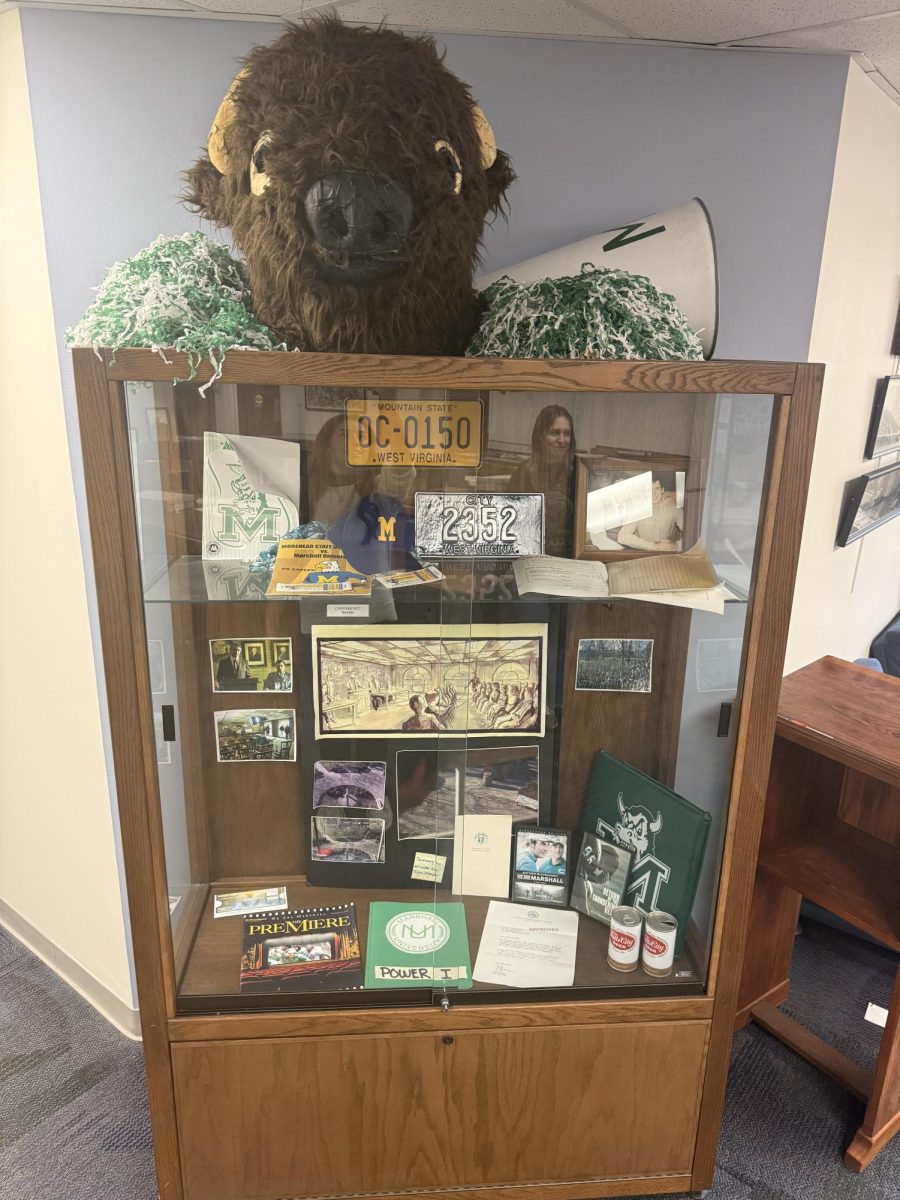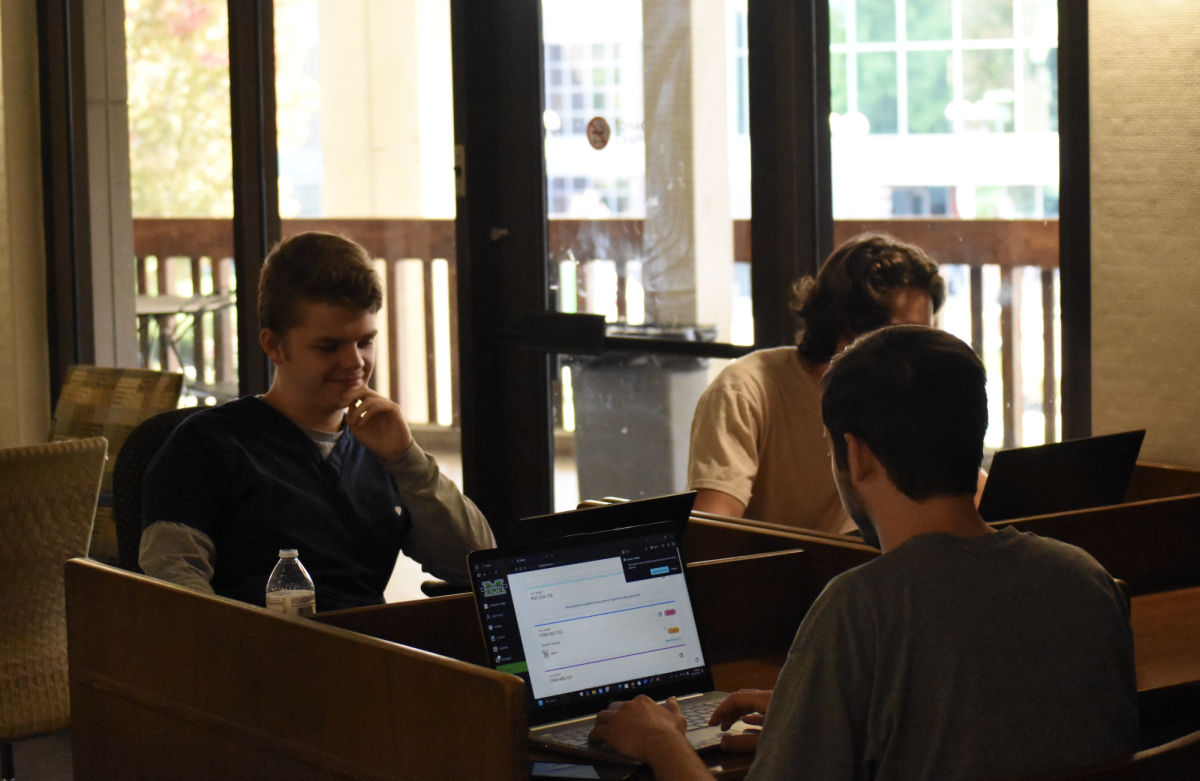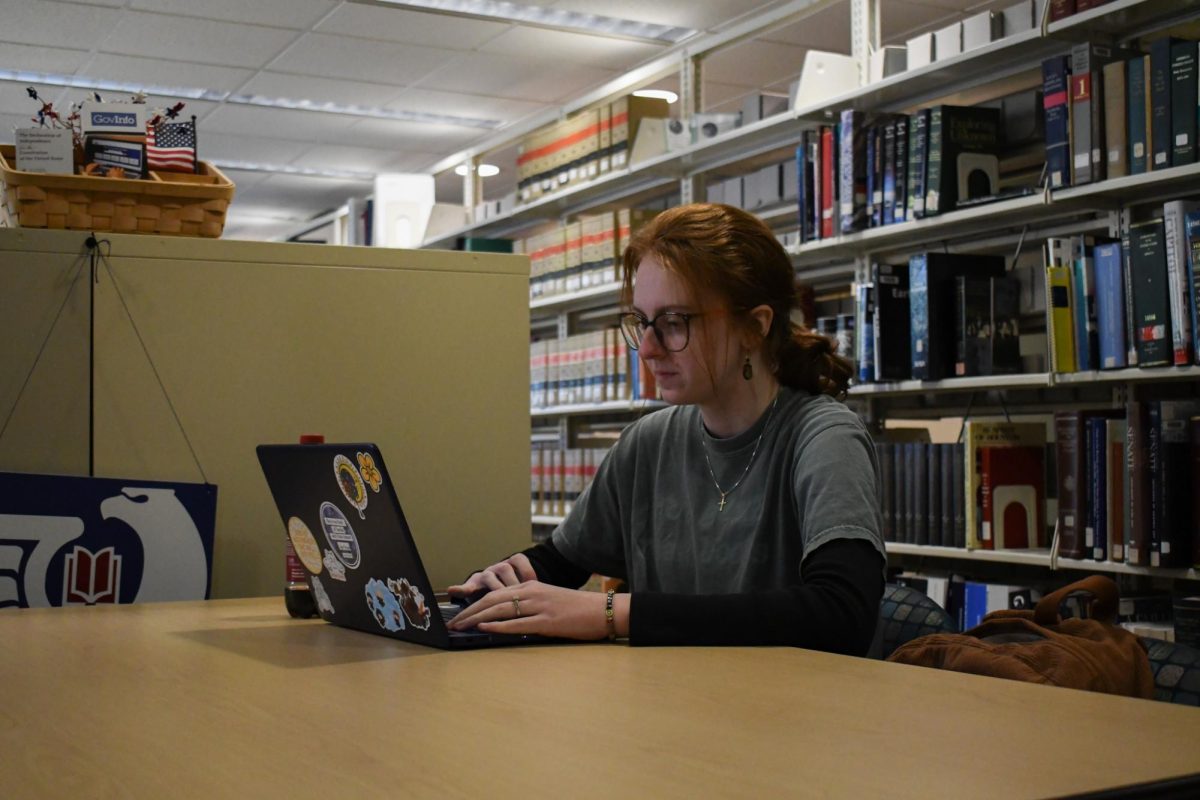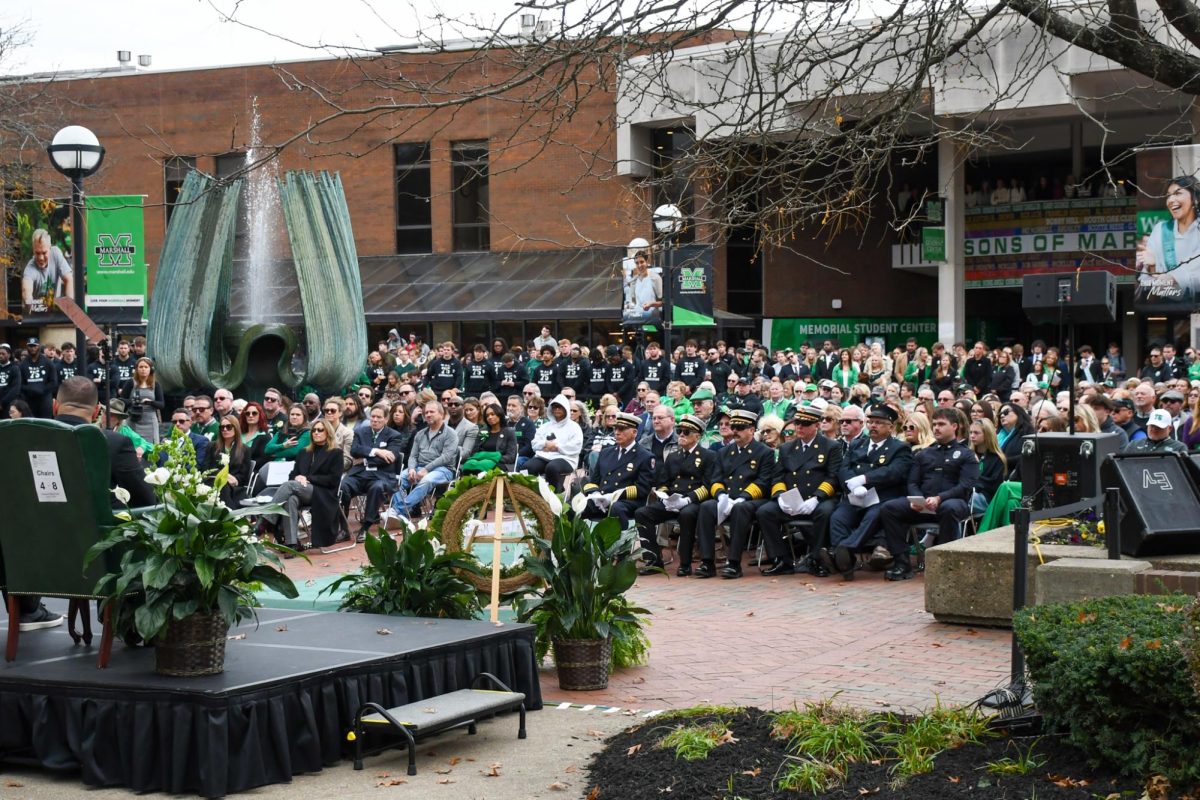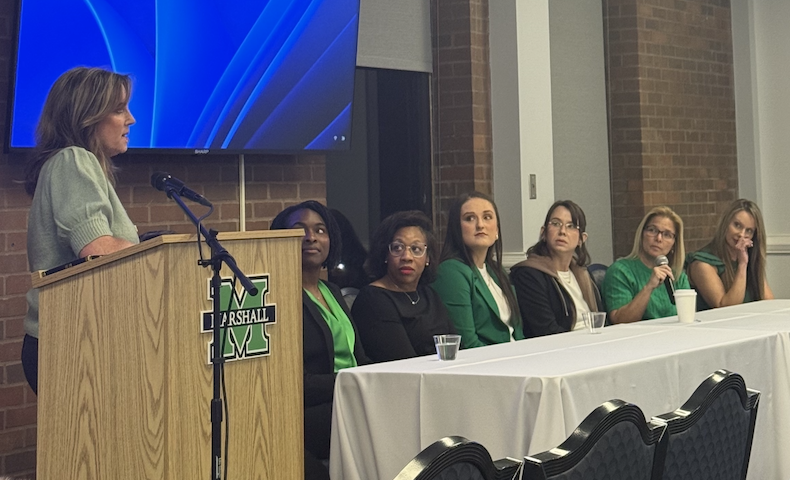Biology professor publishes research paper on fossil findings
September 21, 2017
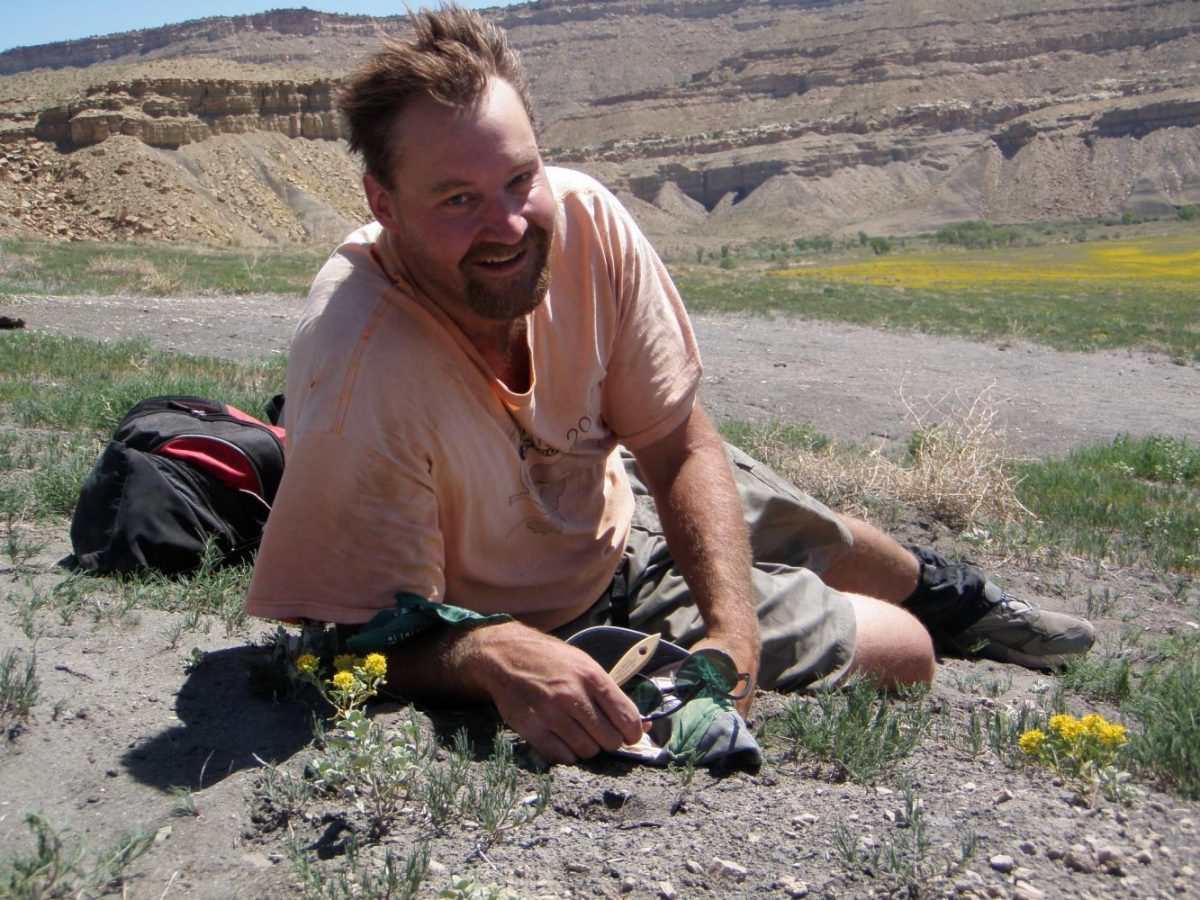
Marshall professor of biology Robin O’Keefe at the Grand Staircase-Escalante National Monument in Utah.
Robin O’Keefe, professor of biology at Marshall University, published a paper on something that had been haunting him since his days as a student working towards a Ph.D. in evolutionary biology.
“We had this fossil that I saw when I was getting my Ph.D. back in 1997,” O’Keefe said. “The morphology was so strange that I just couldn’t figure out how all the pieces went together.”
O’Keefe, who has been at Marshall 11 years, received the Drinko Academy Distinguished Research Fellowship in 2013. The following year, he began his research on Plesiosaurs, ocean-dwelling lizards from the age of dinosaurs.
“I went down to Chile, and met my colleagues,” O’Keefe said. “We learned enough about the animals to do the reconstruction. Without them, the paper wouldn’t be what it is.”
Plesiosaurs were thought to be predators of fish, squid and other marine reptiles. However, O’Keefe’s research found that the plesiosaur had tiny teeth that point the wrong way. O’Keefe said this mystery had bothered him for 20 years.
Funded by the Drinko Academy, O’Keefe and his Chilean team reconstructed the plesiosaur fossil and found that the dinosaur ate similarly to a whale, by filter feeding, not by gnashing at prey with large, sharp teeth as once thought.
O’Keefe said he hopes that his findings reach children and adults, so that it may lead them to even greater discoveries in the scientific world.
“Fossils of dinosaurs, weird green reptiles that may have filter fed and very bizarre looking sea monster things are exciting,” O’Keefe said. “All kids love dinosaurs. That’s why it’s important to get people familiar with science and the scientific method.”
O’Keefe said in his research statement that his fundamental research interest is the movement of vertebrate lineages in morphospace. O’Keefe looks specifically at change in shape, for the shape of an animal’s skeleton “can give deep insights into locomotion, feeding and other aspects of function.”

Life reconstructions of Morturneria, sculpted by co-author S. J. Godfrey.
O’Keefe’s article, “Cranial anatomy of Morturneria seymourensis from Antarctica, and the evolution of filter feeding in plesiosaurs of the Austral Late Cretaceous,” was published in Journal of Vertebrate Paleontology.
Sebastian Morris can be contacted at morris347@marshall.edu.


